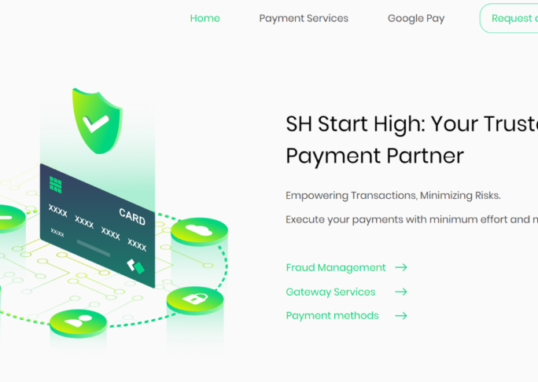
Since the advent of instant messaging, video calls, and social networks, traditional correspondence—through electronic and especially paper letters—seemed destined to fade away.
However, there are still people who prefer this format for friendly communication. Let’s explore what makes these relationships special and how to keep them enjoyable for as long as possible using a friend match app.
Types of Correspondence Friendships
Currently, there are several options:
- Paper letters, or “snail mail,” as it is called in English;
- Electronic emails;
- Exchanging postcards—postcrossing (remember, you can’t write much on a postcard);
- “Quick” messages in social networks, chats, and messengers. The latter, however, differ significantly in spirit from classical correspondence: there is no need to wait for the message to reach the recipient, and it is immediately clear whether they have read the message.
Finding Pen Friends in the Modern World
Gone are the days when people found friends through newspapers or corresponded only with those they had already met in person. Even such a traditional and, in a good sense, old-fashioned form of communication as letter exchange now has a digital flavor.
If we set aside situations where people first meet, for example, on a trip or on vacation, and then start corresponding, it generally looks like this:
- A person decides they want to find remote interlocutors.
- They go to websites dedicated to finding pen friends, join specialized groups, or download apps.
- Then, they look at profiles posted by other members and write to them or create their own profile and wait for someone to contact them.
- Voila! Correspondents are found, and letters—electronic or paper—fly back and forth. Communication begins, and if the stars align, it will be pleasant, long-lasting, and engaging.
What People Find in Correspondence Communication
One might wonder why wait for a letter for several weeks when you can just send a couple of messages, a photo, or a meme, topped with emojis and stickers? Why even write letters on paper when you can just press a button and see the person on the screen?
There are advantages to communicating via long “snail mail” correspondence. Above all, there is a special atmosphere: there is something romantic and cozy about pulling an envelope with various stamps and postal marks out of the mailbox, opening it, taking out the rustling sheets, sitting down, and leisurely reading a thoughtful, multi-page letter.
Then, gather your thoughts and write a response: choose attractive paper and a pen in your favorite color, decorate the letter with drawings, stickers, and appliqués, and perhaps include a small souvenir, like a dried summer flower or a bookmark.
It is this coziness, soulfulness, warmth, and leisurely pace that many people miss, which is why they choose correspondence communication.
The Uniqueness of Correspondence Friendship
Firstly, you do not see the person in front of you, and sometimes you do not even know what they look like. You cannot touch them, hear their intonations, see their facial expressions. For some, a relationship without all this may seem incomplete. There is even a possibility that without personal contact, there will be less attachment and closeness between people.
Of course, distance and time affect relationships. Letters have to be waited for, even if you communicate by email and are not dependent on the whims of ordinary mail. Such communication is much easier to diminish or abandon.
On the other hand, correspondence can be much more heartfelt and personal than face-to-face meetings, chatting in messengers, and phone calls. It is almost impossible to quarrel in paper letters or to hastily say harsh words to each other: you will cool down before you put the message in the envelope. People have the opportunity to calmly think over every word and say only what is really important.
Maintaining a Correspondence Friendship
The foundation of any long-term relationship is mutual interest and respect, readiness to give time, effort, and emotions to the partner. Correspondence is just another form of relationship, the only difference being the mode of communication. Therefore, the rules are generally universal, only adjusted for specific features.





